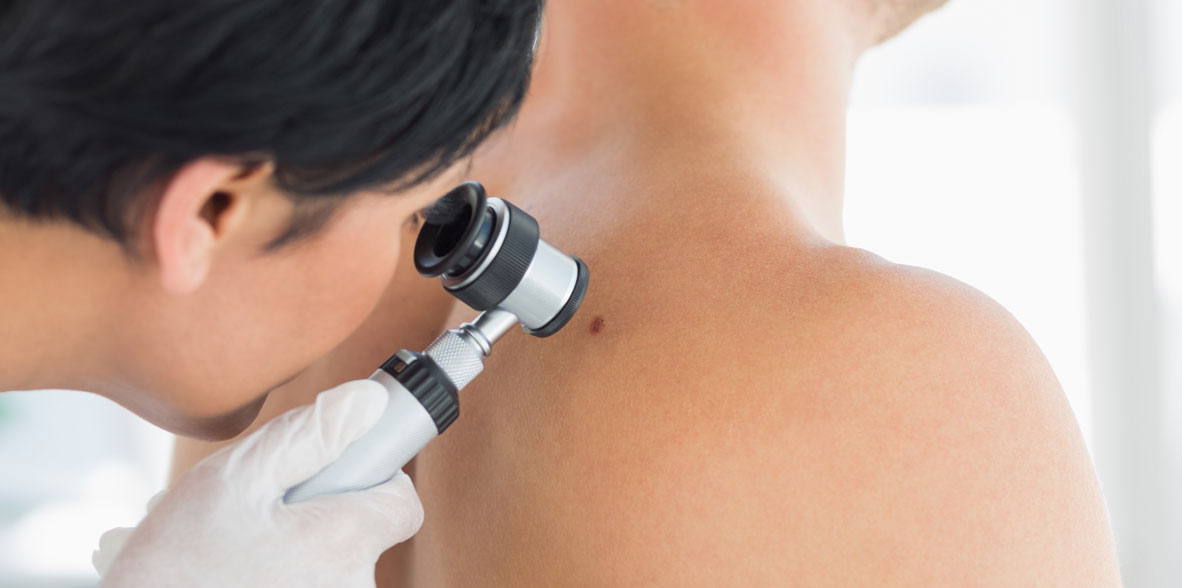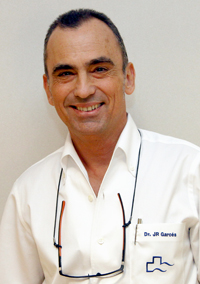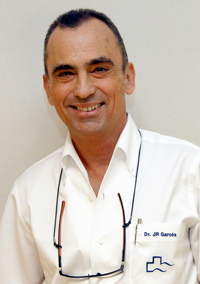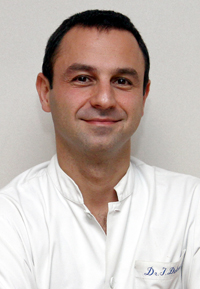
Consultation area

Garces Gatnau Joan RamónDermatology
 Centro Médico Teknonen/health-centers/centro-medico-teknon
Centro Médico Teknonen/health-centers/centro-medico-teknon Centro Médico Teknonen/health-centers/centro-medico-teknon
Centro Médico Teknonen/health-centers/centro-medico-teknon- Hospital Quirónsalud Barcelonaen/health-centers/hospital-quironsalud-barcelona
- FACULTATIVO ESPECIALISTA DERMATOLOGÍADermatología Médico-Quirúrgica y VenereologíaCentro Médico Teknonen/health-centers/centro-medico-teknon
- Centro Médico Teknonen/health-centers/centro-medico-teknon
- Centro Médico Teknonen/health-centers/centro-medico-teknon
- FACULTATIVO ESPECIALISTA DERMATOLOGÍADermatología Médico-Quirúrgica y VenereologíaCentro Médico Teknonen/health-centers/centro-medico-teknon
- FACULTATIVO ESPECIALISTA DERMATOLOGÍADermatología Médico-Quirúrgica y VenereologíaCentro Médico Teknonen/health-centers/centro-medico-teknon
- FACULTATIVO ESPECIALISTA DERMATOLOGÍADermatología Médico-Quirúrgica y VenereologíaHospital Quirónsalud Barcelonaen/health-centers/hospital-quironsalud-barcelona
The known risk factors are determined by the basic constitution of the patient and by types of external aggression that are harmful to health. People who:
- have little melanin (pigment protecting against the sun)
- have a fair complexion or red hair
- burn easily when exposed to the sun
are 20 to 30 times more likely to develop skin cancer in their lifetime than those with dark complexions who tan easily.
- People with atypical nevi (irregular-shaped moles of a larger than usual size) or a large number of such moles (more than 20) should check with their dermatologist for possible skin cancer symptoms. This type of patient may also have a personal or family background in skin cancer, factors which in themselves represent a greater risk.
- Patients with a deficient immune system (natural defenses), whether due to illness or medicine taken to prevent organ transplant rejection, for example, have "weaker" resistance to the appearance of a cutaneous tumor.
- The most studied type of agression is solar radiation. The influence of sunburn (especially in childhood) on the possible future development of skin cancer is well known: the more sunburn the greater the likelihood (consult the relevant section in the book "Cuando calienta el sol" – "When the Sun Shines")



































